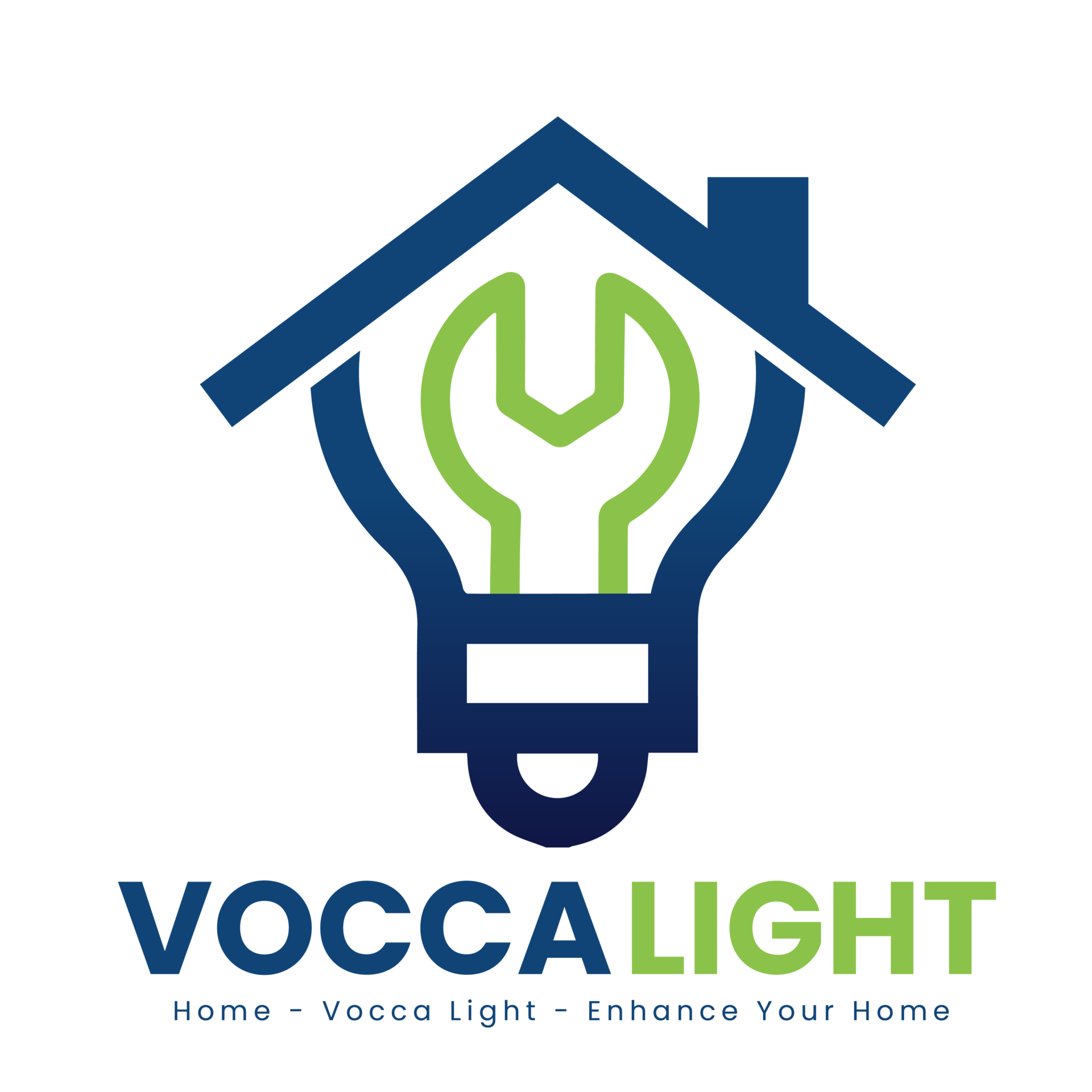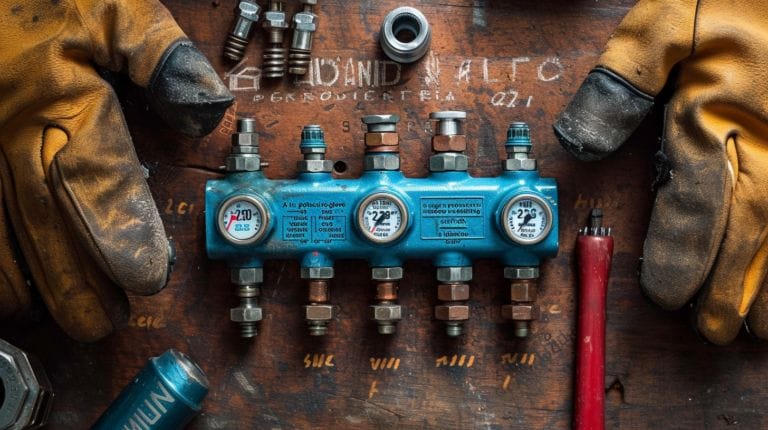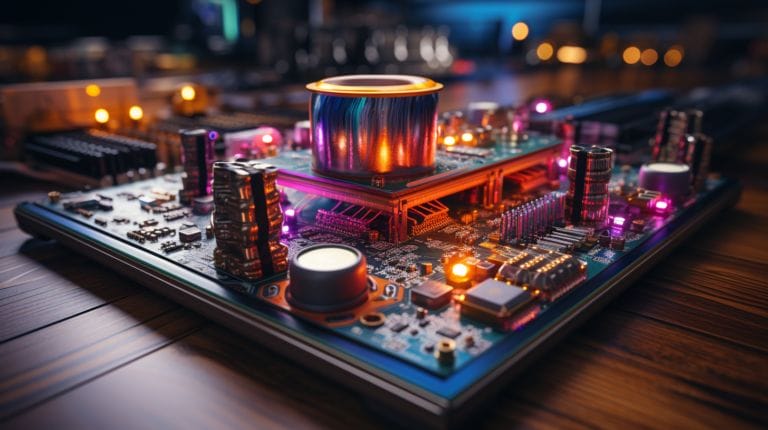What Is a Class 2 Power Supply Used For? an In-Depth Guide
As we explore the world of electronics, we often encounter Class 2 power supplies in a variety of devices. These power supplies play a vital role in ensuring safety and functionality, each has their own specific applications and benefits.
So, what is a class 2 power supply used for? Let’s uncover the intricate details and practical uses of Class 2 power supplies, shedding light on their importance in powering our everyday electronics.
Key Takeaways
- Class 2 power supplies are used to reduce electrical shock risks.
- They provide specialized insulation for safety.
- Class 2 power supplies limit current flow for protection.
- These power supplies have built-in overcurrent protection.
- Class 2 power supplies are cost-effective and easy to install.
Understanding Basic Concepts: Class 2 vs Class II Power Supplies

The differences in safety standards and applications between Class 2 and Class II power supplies are noteworthy. Class 2 power supplies adhere to the National Electric Code (NEC) in the United States, limiting power output to ensure a lower risk of electrical shock. They are designed with specific insulation and internal construction to reduce the risk of fire hazards and protect users and equipment.
Conversely, Class II power supplies comply with the International Electrotechnical Commission (IEC) standards and are commonly used in Europe. They provide lower shock risks through double insulation, not by limiting the power output. Class II power supplies include reinforced insulation barriers for additional protection.
Understanding the differences between Class 2 and Class II power supplies is paramount when selecting the right power source for different applications, ensuring both safety and efficiency.
In-depth Analysis of Class 2 Power Supplies

Class 2 power supplies are designed with power capabilities that limit the output current to prevent electrical shock hazards. They incorporate specialized insulation techniques to ensure safety, making them ideal for various low-power devices. Their specific wiring requirements are designed to minimize the risk of electrical shock while maintaining efficient power delivery.
The insulation in Class 2 power supplies plays a crucial role in preventing electrical shock incidents. By adhering to the stringent regulations outlined for Class 2 devices, manufacturers ensure these power supplies offer high protection levels without compromising performance. Understanding the intricacies of Class 2 power supplies can help innovators harness their capabilities effectively while prioritizing safety in electrical applications.
Comparing Class 2 Power Supplies with Other Classes

Class 2 power supplies distinguish themselves from other classes through their unique safety features and specific wiring requirements. When comparing Class 2 power supplies with other classifications, it’s clear that design, insulation, and overcurrent protection are key differentiating factors.
| Classification | Design |
|---|---|
| Class 2 | Limits current flow |
| Other Classes | Higher power outputs |
| Classification | Insulation |
|---|---|
| Class 2 | Meets safety standards |
| Other Classes | Varying insulation levels |
| Classification | Overcurrent Protection |
|---|---|
| Class 2 | Built-in protection |
| Other Classes | External protection devices |
| Classification | Advantages |
|---|---|
| Class 2 | Cost-effective, easy installation |
| Other Classes | Higher power capabilities, more complex setup |
Shopping for Power Supplies: A Guide to Class 2 Power Supplies

To make informed purchasing decisions, understanding the nuances of Class 2 power supplies is essential. Consider factors such as wire insulation, power capabilities, and protection against electric shock.
Quality insulation ensures the safety and reliability of the power supply, preventing electrical malfunctions or hazards. Make sure the power capabilities of the supply match the requirements of your devices or systems accurately.
Prioritize safety features that mitigate the risk of electric shock when selecting a Class 2 power supply. Top brands and models offer advanced safety mechanisms to protect users and equipment. By reviewing different options on the market, you can find a power supply that aligns with your needs.
Understanding IEC Class II Power Supplies

IEC Class II power supplies are characterized by double insulation, offering a higher level of protection against electric shock. This dual insulation guarantees that even if one layer of insulation fails, there’s an additional layer to prevent direct contact with internal current-carrying components.
IEC Class II power supplies do not require grounding, making them suitable for applications where grounding may not be safe or practical. Note that IEC Class II differs from NEC Class 2, primarily in levels of permissible current and power output.
Conclusion
To sum up, Class 2 power supplies play a vital role in ensuring safety and compliance in various electronic devices.
With their ability to limit current flow, reduce the risk of electrical shock, and protect against fire hazards, these power supplies provide a cost-effective solution for powering devices while prioritizing user safety.
Whether in residential, commercial, or industrial settings, Class 2 power supplies are essential components that promote efficient power delivery and safeguard both equipment and users.
Frequently Asked Questions
What is a class 2 power supply?
A class 2 power supply is a type of power supply that meets specific UL and NEC safety standards. It is designed to provide limited power output and has built-in protections to ensure safety.
What is the difference between class 2 and other types of power supplies?
Class 2 power supplies have stricter limitations on output voltage and power capabilities compared to other classes. They also have two layers of insulation for added safety.
When should I use a class 2 power supply?
Class 2 power supplies are commonly used in low-power devices such as small electronic products and LED lighting. They are ideal for applications where limited power output is required.
What is the NEC class 2 designation?
The NEC class 2 designation refers to power supplies that meet the safety requirements set by the National Electrical Code. These power supplies provide a safer alternative for low-power applications.
How is the insulation of class 2 power supplies different from other classes?
Class 2 power supplies have two layers of insulation, whereas other classes may have a single layer of reinforced insulation. This ensures better protection for both the user and the internal components of the device.







